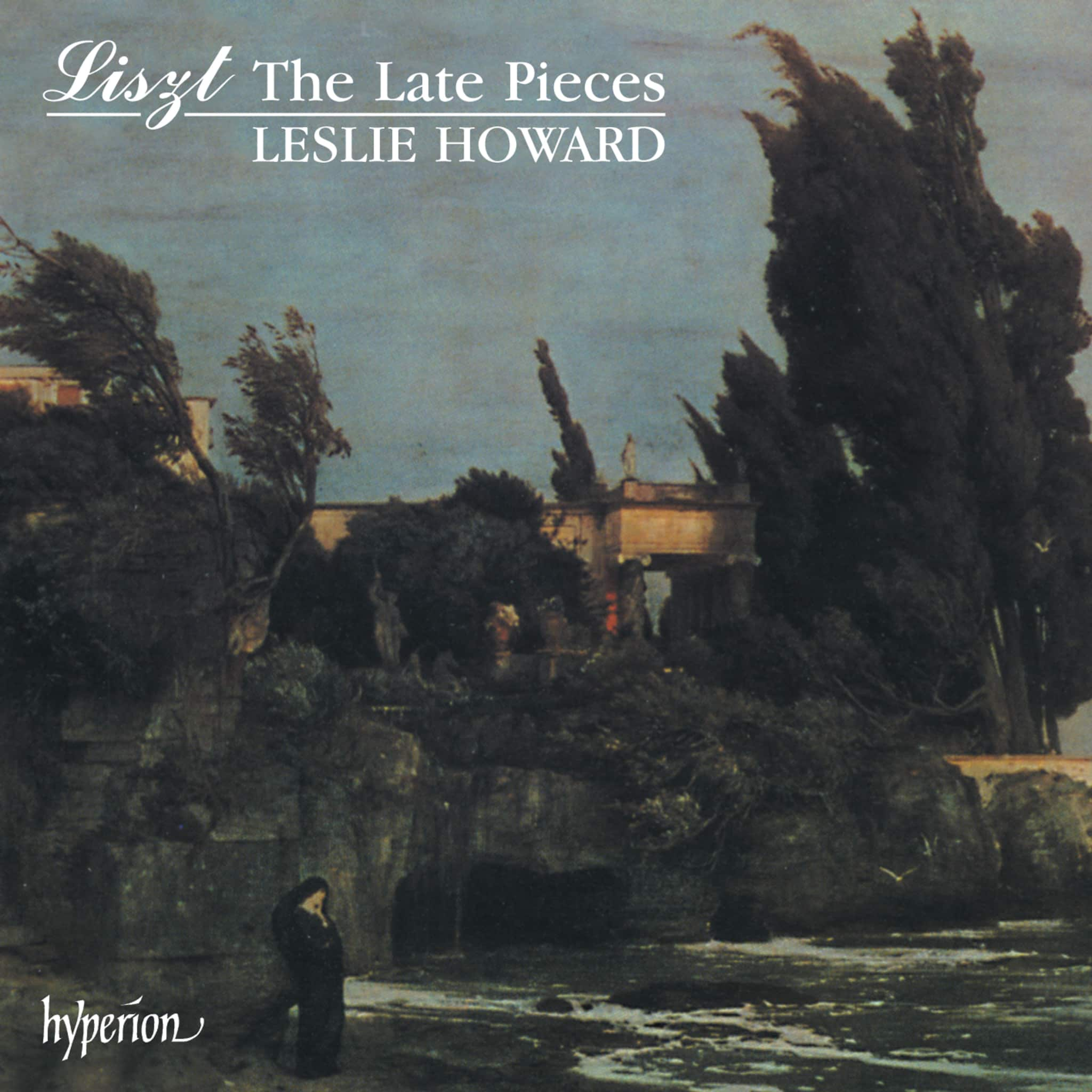Album insights
Felix Mendelssohn hat mit seinen "Liedern ohne Worte" Werke geschaffen, die weitaus bekannter sind als seine Vokalstücke. In diesen kunstvollen Miniaturen tritt sein außergewöhnliches Gespür für passende Klavierbegleitungen besonders hervor. Wo Beethoven oft nach dem richtigen Gleichgewicht zwischen Stimme und Instrument suchte, gelingt Mendelssohn diese Balance scheinbar spielerisch.
Seine Kompositionsgabe war so ausgeprägt, dass viele seiner 106 erhaltenen Lieder beinahe mühelos entstanden. Dennoch brachte ihm sein Talent immer wieder Herausforderungen. Anders als Schumann, der Gedichte durch seine Musik transformierte, schuf Mendelssohn gefühlvolle musikalische Antworten auf Texte, die ihn berührten.
Zeitgenossen sahen in ihm einen Romantiker, der klassische Ideale in die romantische Musikwelt einfließen ließ. Besonders im instrumentalen Bereich lassen sich Parallelen zu Mozart erkennen. Doch während Mozart die Emotionen in seiner Musik lebte, beobachtete Mendelssohn sie eher. Seine Lieder galten meist als Stücke für das häusliche Musizieren und standen nicht auf derselben Stufe wie Sonaten oder Quartette.
Bereits 1827 entstanden Mendelssohns erste Lieder, die im Zyklus op. 8 veröffentlicht wurden. Für die Texte griff er auf renommierte Dichter wie Ludwig Hölty und Paul Fleming zurück und wusste deren Inhalte in faszinierender Weise musikalisch zu spiegeln.
Zu den herausragenden Beiträgen dieses Zyklus zählen die Lieder von Fanny Mendelssohn. Sie ließ sich stark von ihrer Familie und engen Beziehungen inspirieren. Besonders ihre Vertonungen von Heinrich Heine und anderen Dichtern zeugen von großer Sensibilität und musikalischem Feingefühl.
Fanny Mendelssohn, aber auch Komponisten wie Hugo Wolf und Robert Schumann, setzten Gedichte von Heinrich Heine, darunter das beliebte "Wenn ich in deine Augen sehe", musikalisch um. Fanny Mendelssohns Kompositionen heben sich dabei durch ihre außergewöhnliche musikalische Begabung hervor.
Auch Gedichte aus Schumanns "Dichterliebe" wurden von verschiedenen Komponisten, etwa Fanny Mendelssohn, vertont. Ihr Gespür für Text und Melodie zeigt sich in ihren einfühlsamen Vertonungen, die in ihrer Wirkung mit denen anderer Komponisten durchaus vergleichbar sind.






